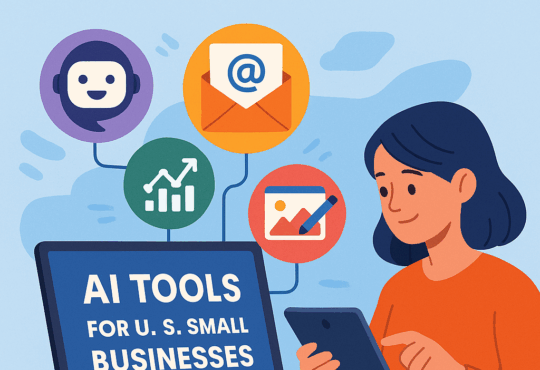How 5G is Changing American Cities

With the nationwide rollout of 5G accelerating in 2025, the impact on American cities is no longer a theory—it’s happening in real time. This next-gen wireless technology is doing far more than enabling faster mobile downloads. It’s powering the evolution of urban life, from infrastructure and mobility to healthcare and public services.
Let’s explore how 5G is changing American cities across industries and neighborhoods—and what that means for the future of smart urban living.
⚡ 1. Ultra-Fast Connectivity & Low Latency
With response times as low as 1 millisecond, 5G supports high-speed data transmission for mission-critical operations. In cities like San Francisco, Dallas, and Atlanta, this means:
Real-time traffic rerouting and congestion detection
Live-streaming emergency feeds in 4K for public safety
AR/VR in hospitals and remote surgery pilots
From entertainment to emergency care, 5G is transforming how cities interact with data.
🌐 2. Smarter Infrastructure & IoT Systems
Smart Traffic Flow
Connected intersections and streetlights powered by 5G sensors enable dynamic traffic flow and reduce commute times. Los Angeles reports up to 25% improvement in traffic efficiency through pilot programs.
Utility Management
Cities like Chicago now use smart meters and connected grids to:
Monitor energy use in real time
Detect leaks and outages
Automate water billing and consumption alerts
This leads to better resource management and cost savings for both governments and citizens.
🛡️ 3. Public Safety & Emergency Response
5G allows first responders in Houston, Miami, and other cities to:
Transmit real-time body cam footage
Deploy drones with live 4K video
Use AR overlays of building layouts during emergencies
Public safety teams are more connected, informed, and responsive.
💼 4. Economic Growth & Tech Innovation Hubs
Investment in 5G infrastructure is attracting startups and remote workers to urban innovation districts like Austin and Boston.
Smart co-working spaces powered by IoT
Retail stores with checkout-free systems
Local economies see job market boosts of up to 15%
5G is becoming a key factor in where entrepreneurs and investors choose to grow.
🚘 5. Autonomous Mobility & Transportation
5G supports vehicle-to-everything (V2X) communication—critical for self-driving cars, drones, and smart buses.
Detroit and Phoenix lead pilot programs
Traffic flow improves as connected cars share data
Transit systems use 5G to reduce delays and increase efficiency
🏥 6. Healthcare Innovation & Telemedicine
Urban hospitals in Boston and Denver are testing:
Remote surgeries with robotic assistance
Telehealth visits with real-time diagnostics
Mobile health units for underserved communities
5G’s low-latency performance makes life-saving care more accessible and responsive.
📚 7. Education & Virtual Public Services
AR/VR Classrooms
New York City schools are piloting immersive STEM learning using 5G-powered virtual reality.
Digital Government
Permitting, court sessions, and city council meetings are now being offered through live video with data integration, making public services more transparent and efficient.
⚠️ 8. Key Challenges for 5G in Urban America
Despite the progress, 5G expansion faces challenges:
Infrastructure cost: towers, fiber backhaul, and small cell sites are expensive
Privacy risks: IoT data collection raises cybersecurity concerns
Digital divide: some low-income areas are still left behind
Misinformation: health concerns about 5G remain despite no scientific evidence
Cities must balance investment, access, and education to ensure equitable growth.
❓ FAQs – 5G and Urban Development
Q1: Is 5G available everywhere?
Not yet. Major metro areas are prioritized; rural and underserved zones are still being upgraded.
Q2: How fast is 5G?
Peak speeds reach 1–3 Gbps, which is up to 20 times faster than 4G LTE.
Q3: Will 5G raise electricity use?
Network upgrades may use more power, but newer tech improves efficiency overall.
Q4: Are 5G health concerns valid?
No. Leading scientific studies show no credible health risks from properly deployed 5G.
Q5: How are cities paying for this?
Through federal grants, public-private partnerships, and municipal bonds.
Q6: Which industries benefit most?
Public safety, healthcare, transportation, retail, manufacturing, utilities, and education all gain from 5G connectivity.
✅ Conclusion: The 5G City Is Already Here
As we see how 5G is changing American cities across sectors, it’s clear this isn’t the future—it’s the present. From safer streets to smarter grids, better healthcare, and more engaging education, 5G is reshaping the foundation of urban innovation.
City leaders, entrepreneurs, and residents alike are experiencing a faster, more connected, and responsive environment, powered by next-gen wireless.








